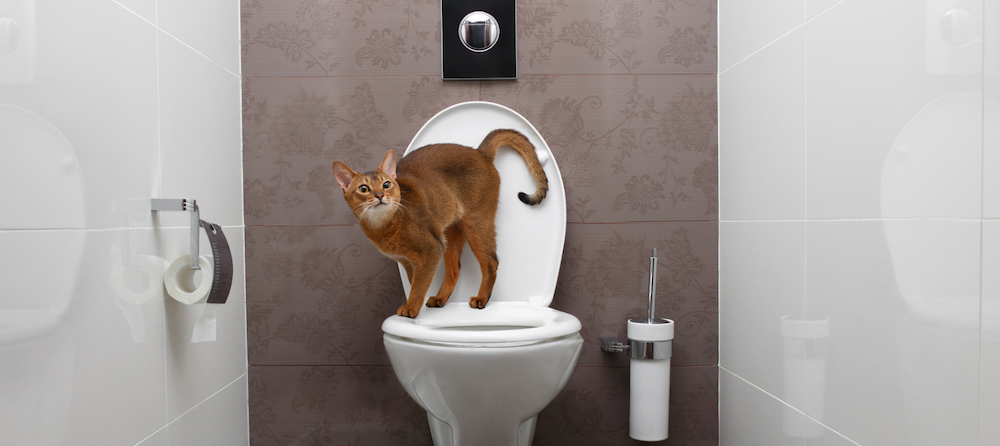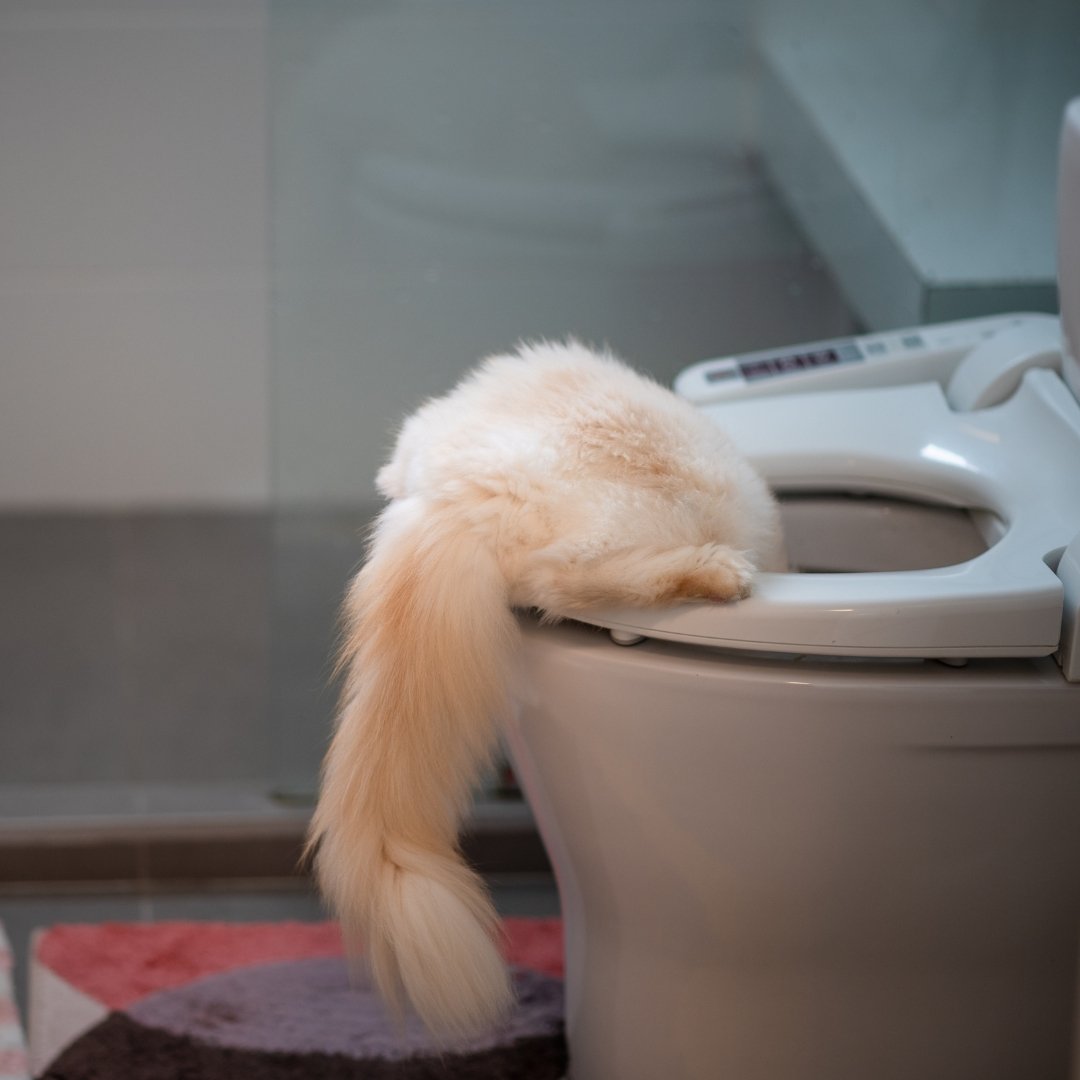Reasons Flushing Cat Poop Down Your Toilet May Cause Problems - Tips for Safe Disposal
Reasons Flushing Cat Poop Down Your Toilet May Cause Problems - Tips for Safe Disposal
Blog Article
This great article listed below about How to Dispose of Cat Poop and Litter Without Plastic Bags is without a doubt attention-grabbing. You should give it a look.

Intro
As cat proprietors, it's necessary to bear in mind exactly how we dispose of our feline good friends' waste. While it may appear hassle-free to flush pet cat poop down the commode, this practice can have damaging consequences for both the environment and human health and wellness.
Environmental Impact
Flushing pet cat poop introduces dangerous pathogens and bloodsuckers into the water, posing a considerable danger to marine communities. These impurities can negatively affect marine life and compromise water top quality.
Health and wellness Risks
Along with environmental worries, flushing pet cat waste can additionally position wellness risks to humans. Pet cat feces might consist of Toxoplasma gondii, a bloodsucker that can cause toxoplasmosis-- a possibly extreme health problem, specifically for pregnant women and individuals with damaged body immune systems.
Alternatives to Flushing
The good news is, there are much safer and a lot more liable methods to take care of cat poop. Consider the complying with options:
1. Scoop and Dispose in Trash
One of the most usual approach of disposing of feline poop is to scoop it right into an eco-friendly bag and toss it in the garbage. Make certain to make use of a dedicated litter scoop and deal with the waste without delay.
2. Usage Biodegradable Litter
Select eco-friendly pet cat clutter made from products such as corn or wheat. These clutters are eco-friendly and can be securely disposed of in the garbage.
3. Hide in the Yard
If you have a backyard, take into consideration burying pet cat waste in an assigned area far from veggie yards and water sources. Be sure to dig deep enough to avoid contamination of groundwater.
4. Set Up a Pet Waste Disposal System
Purchase a family pet waste disposal system particularly made for pet cat waste. These systems make use of enzymes to break down the waste, minimizing odor and ecological influence.
Final thought
Responsible pet possession expands beyond offering food and shelter-- it likewise involves proper waste management. By refraining from purging cat poop down the toilet and going with alternate disposal techniques, we can minimize our ecological footprint and secure human health.
Why Can’t I Flush Cat Poop?
It Spreads a Parasite
Cats are frequently infected with a parasite called toxoplasma gondii. The parasite causes an infection called toxoplasmosis. It is usually harmless to cats. The parasite only uses cat poop as a host for its eggs. Otherwise, the cat’s immune system usually keeps the infection at low enough levels to maintain its own health. But it does not stop the develop of eggs. These eggs are tiny and surprisingly tough. They may survive for a year before they begin to grow. But that’s the problem.
Our wastewater system is not designed to deal with toxoplasmosis eggs. Instead, most eggs will flush from your toilet into sewers and wastewater management plants. After the sewage is treated for many other harmful things in it, it is typically released into local rivers, lakes, or oceans. Here, the toxoplasmosis eggs can find new hosts, including starfish, crabs, otters, and many other wildlife. For many, this is a significant risk to their health. Toxoplasmosis can also end up infecting water sources that are important for agriculture, which means our deer, pigs, and sheep can get infected too.
Is There Risk to Humans?
There can be a risk to human life from flushing cat poop down the toilet. If you do so, the parasites from your cat’s poop can end up in shellfish, game animals, or livestock. If this meat is then served raw or undercooked, the people who eat it can get sick.
In fact, according to the CDC, 40 million people in the United States are infected with toxoplasma gondii. They get it from exposure to infected seafood, or from some kind of cat poop contamination, like drinking from a stream that is contaminated or touching anything that has come into contact with cat poop. That includes just cleaning a cat litter box.
Most people who get infected with these parasites will not develop any symptoms. However, for pregnant women or for those with compromised immune systems, the parasite can cause severe health problems.
How to Handle Cat Poop
The best way to handle cat poop is actually to clean the box more often. The eggs that the parasite sheds will not become active until one to five days after the cat poops. That means that if you clean daily, you’re much less likely to come into direct contact with infectious eggs.
That said, always dispose of cat poop in the garbage and not down the toilet. Wash your hands before and after you clean the litter box, and bring the bag of poop right outside to your garbage bins.
https://trenchlesssolutionsusa.com/why-cant-i-flush-cat-poop/

Do you enjoy reading about Don’t flush cat feces down the toilet? Try to leave a remark directly below. We will be delighted to know your thinking about this write-up. We hope to see you back again later on. Please set aside a second to share this content if you enjoyed reading it. Thank you for your time. Kindly come by our website back soon.
Click Here! Report this page